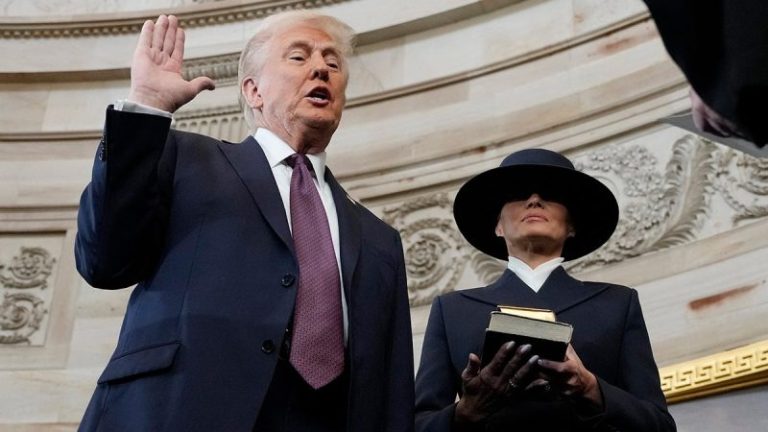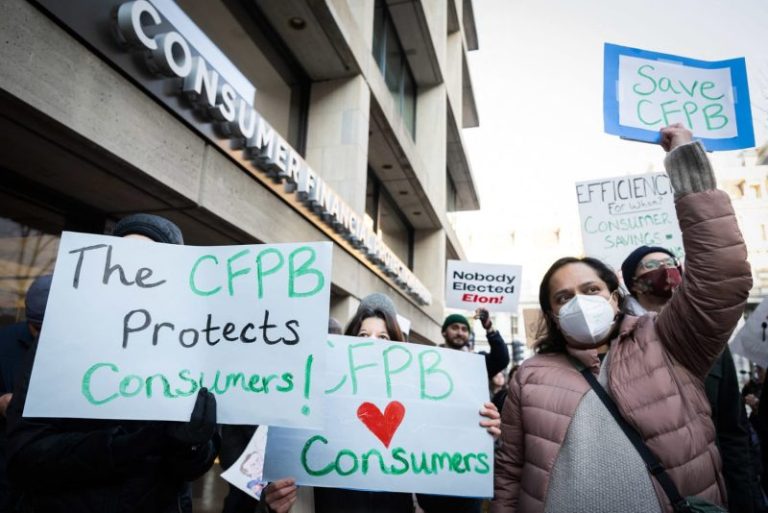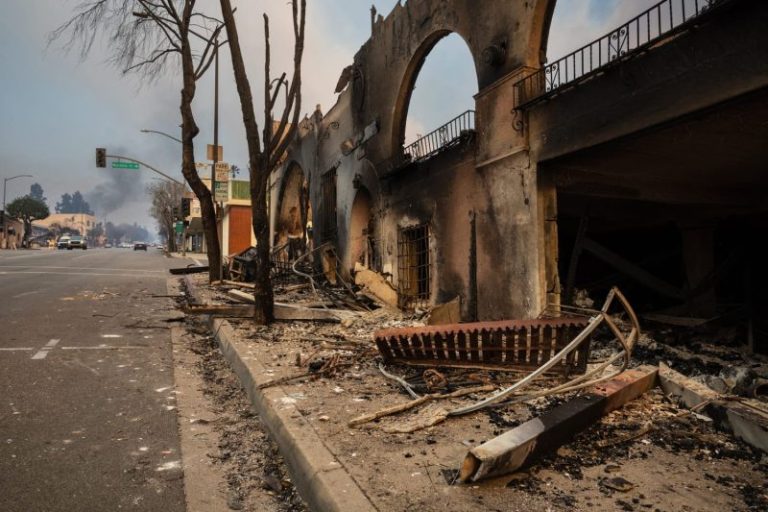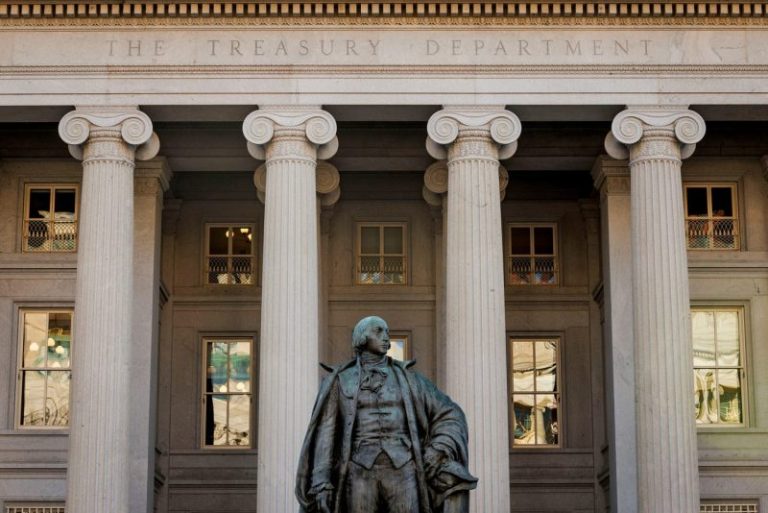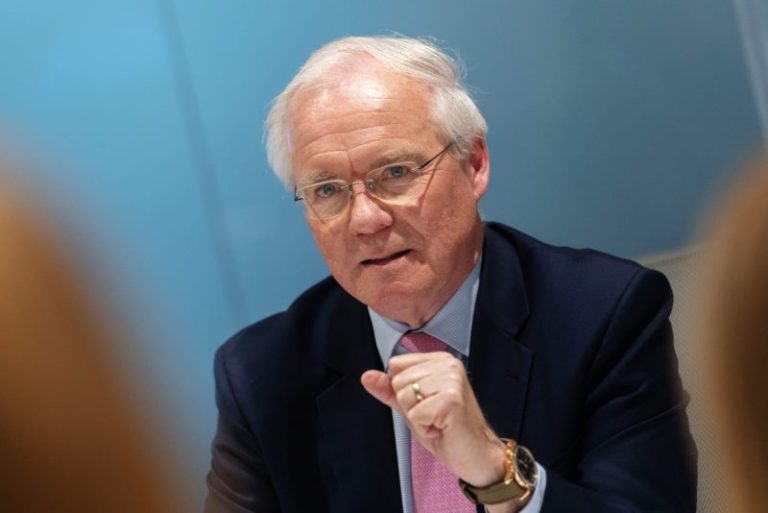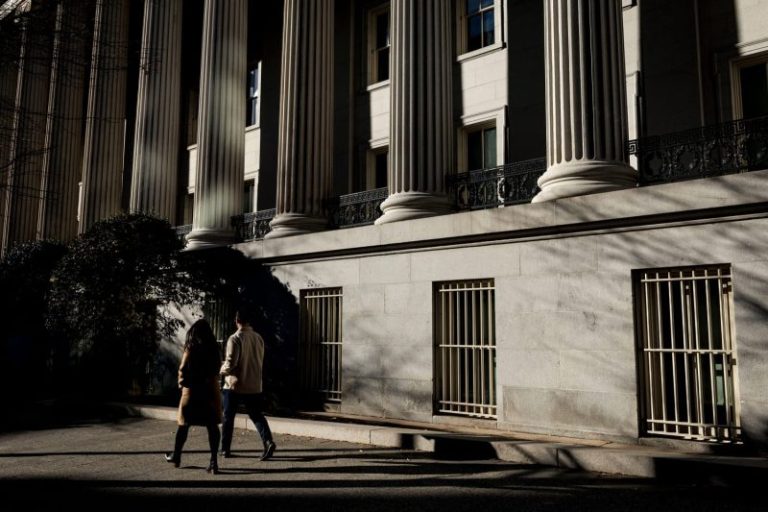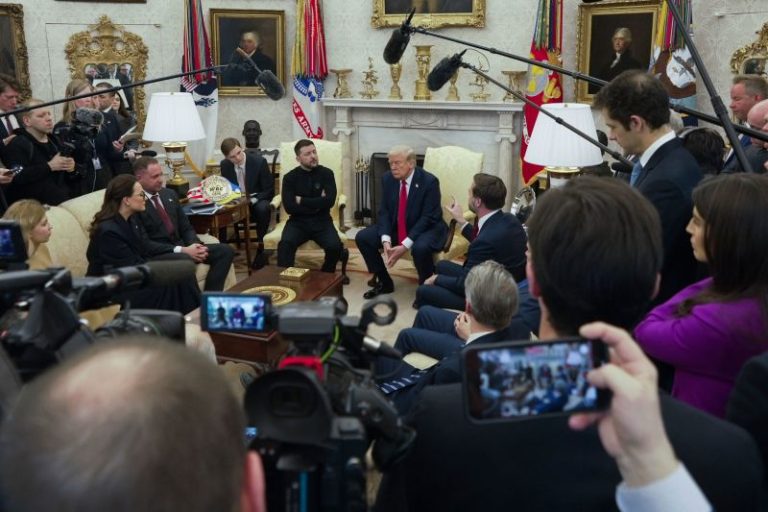President Donald Trump will make the first address of his second term to a joint session of Congress on Tuesday. His first six weeks were dominated by ongoing executive actions, redefining international relations and government efficiency efforts. Political strategists shared with Fox News Digital what to expect from Trump’s big speech.
Republican strategists say Trump should tell the story of his first six weeks, drawing contrast with former President Joe Biden’s administration. Meanwhile, Democrats are focused on what they say is Trump’s failure to lower prices.
Sen. Elissa Slotkin, D-Mich., is tasked with the party’s rebuttal.
‘Trump is going to contrast himself with the previous administration. The previous administration was weak and directionless. No one knew who was in charge. No one really understood what the Biden administration stood for. There couldn’t be a more dramatic change from Biden to Trump,’ political columnist Kristin Tate said.
Republicans say Trump should highlight the themes of his first six weeks and explain how his executive actions reflect his greater vision for the country.
‘He needs to tell a story. He needs to weave in all the things he’s done, all this progress over the last month into a story and a theme and tell it,’ Republican strategist Matt Gorman said. ‘He did it really well during his inauguration. It’s a status update. I think it’s really important that he weaves all of these actions and all the things he’s done into one big story about what it means for us as Americans but also what it means for his vision for the next three and four years.’
Republican strategists told Fox News Digital that Trump should tell Americans how he has already delivered on key campaign promises, including slowing illegal border crossings, reversing Biden’s green energy policies, his ‘de-weaponization’ of the Justice Department and his work to eliminate DEI.
‘I expect, and he will, take a victory lap on some of those items because it represents promises made, promises kept. But then he needs to cast the forward-facing vision: Where do we go from here? What are the big-ticket legislative items? How do we get past this legislative debate over one big bill or two separate initiatives and focus on what those bills contain, because time is fleeting,’ said Republican strategist Colin Reed.
Reed said Trump should focus on ‘the legislative priorities and go beyond just the executive orders.’ And as leaders grapple with the fallout of Trump’s heated meeting with Ukrainian President Volodymyr Zelenskyy on Friday, Reed said Trump could reset the narrative on Tuesday night.
‘For everything that’s happened over the last few days on foreign policy, I think it’s an opportunity for him to reset the narrative on what he wants to do domestically,’ Reed said. ‘The events of Friday are going to obviously cast a shadow over tomorrow. But look, President Trump is in many ways dealing with the leftover mess [of] his predecessor on the global front. In his mind, the issues he’s facing, the challenges that happened in Ukraine would not have happened on his watch. He still has the residue of the Biden administration to deal with. That’s going to be an overarching narrative for the foreseeable future,’ Reed added.
To contrast Trump’s speech, the Democratic National Committee argues that Trump is failing to deliver on his campaign promise to lower costs and boost the economy. DNC Chair Ken Martin has been traveling the country leading up to Tuesday night, telling Americans about the chaos Trump and Elon Musk are creating throughout the U.S.
During Trump’s fifth address to a joint session of Congress, Democrats and Republicans agreed that he is unlikely to invite new Americans into the fold.
‘He’s president for everyone, but I don’t expect Democrats to suddenly have a change of heart. They’re trying to figure out less what they think about Trump and more what they’re going to do about him. And they don’t have an answer for the latter at all. They’re very much in an era of confusion right now in their party, trying to figure out what they stand for and how they’re going to adjust to actually get a majority of voters, again, just to support them,’ Gorman added.
Brad Bannon, president of Bannon Communications Research, said Trump has done very little in his first few weeks to appeal to anyone beyond his ‘base MAGA vote.’
‘I don’t see any sign that he’s trying to appeal to anybody who didn’t vote for him last year,’ Bannon said. ‘He has control of Congress, a compliant Supreme Court. It seems to me everything he’s done … has been to appeal to the people who already support him, and he’s not making any effort to reach out. I would be very surprised if he does Tuesday night.’
Tate, however, urged Trump to extend an olive branch to moderate Democrats during his speech.
‘I even believe that he is going to reach out across the aisle and throw some compliments to some of the more moderate Democrats. He really needs to do this. Sen. [John] Fetterman from Pennsylvania would be a great first choice to highlight as a Democrat who is not blinded by hateful partisanship but is rather looking to find common ground to help everyday Americans,’ she said.
‘Trump has a lot to be proud of, and rest assured he will shine a light on all of those grand achievements which have taken place in such a short period of time, and he is going to paint a grand vision for the future of America, including not just what America represents, but what it can be at its finest,’ Tate continued.
Trump has the headlining speech Tuesday night, but Democrats also have an opportunity with Slotkin’s response to frame their own message about what the Democratic Party stands for. Bannon said Trump won because Americans believed the country was headed in the wrong direction.
‘Democrats would be making a mistake if their response to Trump is just trying to preserve the status quo,’ he said. ‘I think Democrats have to be bold and go bold. Not only a need to defend the worthiness of programs that Trump is arbitrarily cutting, but they need to go beyond that and define the Democratic Party version of what they would do to change the status quo. That’s Trump’s biggest appeal. He appeals to people who are unhappy with the status quo, and Democrats will fall into a trap if they just say, ‘Well, we have to preserve what we already have.”

